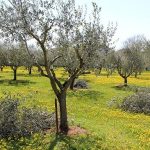Continuing TCN’s look at the bloggers of Croatia, whose posts are helping shape the international view of the modern Croatia. TCN met the phenomenon that is Taste of Croatia on February 8, 2016.
1. Tell us who you are, how you got started, and why do we need a Taste of Croatia blog?
Four of the original founders started as individual food and drink bloggers, some of us not even knowing the others outside cyberspace. One day the idea hit us. We noticed that there are no reliable, independent, well-written online guides about what and where to eat and drink in Croatia aimed at foreign visitors. In 2010, we decided to unite and take our blogs to a higher level, so we started a project called Taste of Croatia. At first only on Facebook, then as a website, with a matching mobile application (which badly needs an update).
Judging by the feedback we have been receiving ever since, a digital guide to Croatian cuisine, driven by enthusiasm, respect and knowledge, was very much needed. We take pride in the fact that we don’t deal with paid advertising and generic PR texts, we recommend and write only about things we have experienced ourselves. Of course, the whole project would work much better if we could focus on it full-time, not just as hobby, but that’s simply not possible yet.
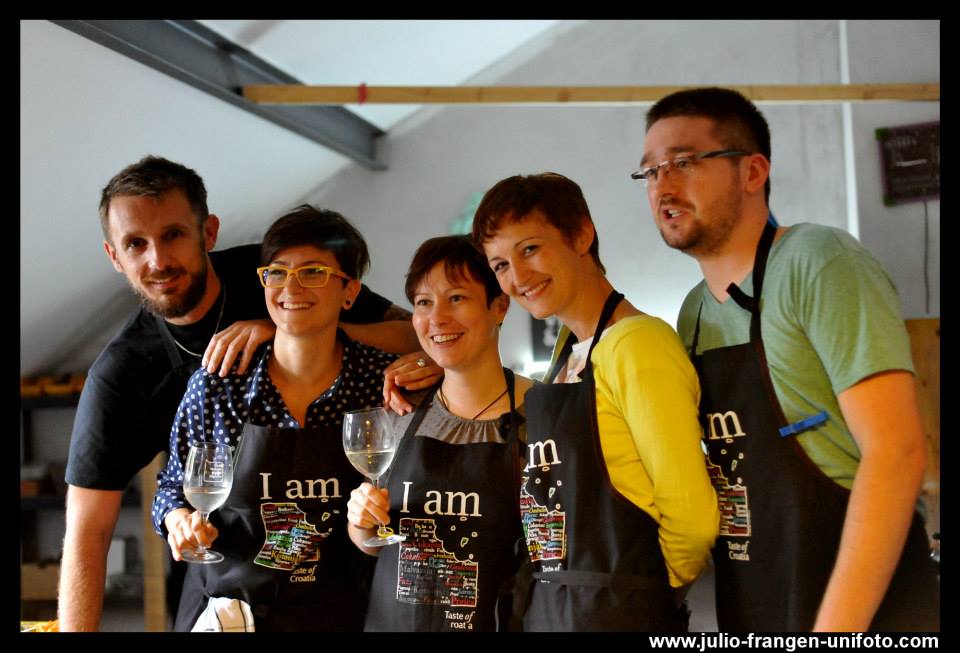
2. Croatian cuisine is attracting increasing international attention, with the likes of Anthony Bourdain helping with the global promotion. How has the perception of Croatian cuisine changed over the last 10 years internationally, in your opinion?
It has improved tremendously. Ten years ago average tourists would come home and talk to their friends how burek and ćevapčići, in the best case scenario about lamb on the spit if they were of more adventurous spirit, as the best things Croatian cuisine had to offer. Today Croatia is on the radar of picky epicurean travelers who arrange their itinerary based on th food and wine offer of a certain town or region. Thanks to Bourdain, the explosion of food travel TV shows and various bloggers, they know it is a clean and safe country with genuine farmers’ markets displaying the freshest produce in every larger town, a country whose wine and food scene is rapidily developing, where food is as good as in Italy, France or Spain, but with much better price tag than in these western countries. These travelers are very organized, fill up their days with many activities and are eager to book agritourism, restaurants, cooking classes and wine tours even six months before their arrival.
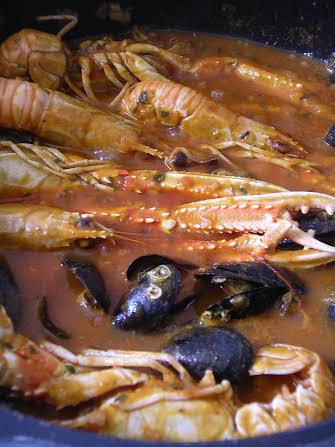
3. Croatia does not seem to have any defined national cuisine, but rather some very strong regional variations. It is, however, hard to find a Slavonian restaurant in Dalmatia, or an Istrian restaurant in Zagorje. Why is that, do you think?
Well, you’ve answered it partly yourself. After being under such strong influence of neighbouring or conquering countries for centuries, each region adopted “the most convenient” cuisine. Of course, it also has to do with the foodstuff that the locals were able to grow, or were somehow imported to their region. You cannot raise cattle or pigs on a Dalmatian island, the same way you can grow almost anything in Slavonia. That’s why “the poorer” parts such as Dalmatia and the islands had to sustain themselves on things they could grow: olives, grapes, sheep and goats. And that became so imprinted in their identity that this is what’s considered “local cuisine” now. So, you probably won’t find čobanac in Dalmatia the same way you won’t find brujet in Slavonia (something similar is made with freshwater fish). On the other hand, you can find pizza everywhere; it’s easy, convenient and cheap. Us Croatians are quite traditional, and tend to stick to our habits, unless there’s an easier way.
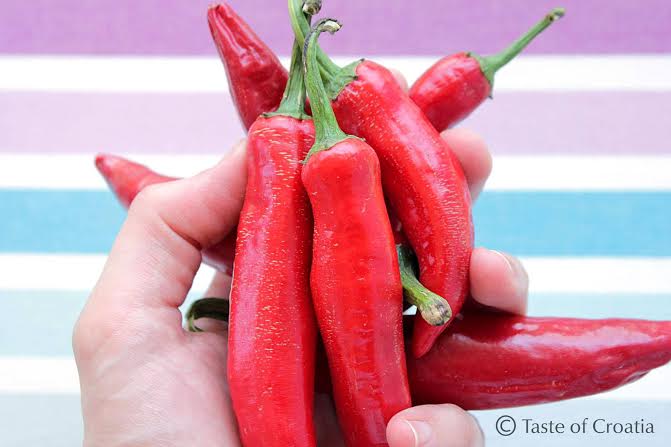
4. Your blogs have certainly brought the regional cuisine to Croatia to life. Give us 3-4 of your favourite blogs over the years, and why?
We think we have made writing about and perceiving the food and wine scene in Croatia more democratic. At the time we started writing our blogs, there were only a few people “allowed” to comment on our food and wine scene. We wanted to make it approachable to everybody, in a way to demystify certain topics, such as wine. We wanted to show that writing about it doesn’t have to be snobbish, and that anybody is capable of enjoying wine, even if they haven’t spent years researching it. That’s why we have, among other things, started a column called “Čašne sestre” (the name is a play on words), dedicated to tasting and writing about wine in the most relaxed but still respectful way.
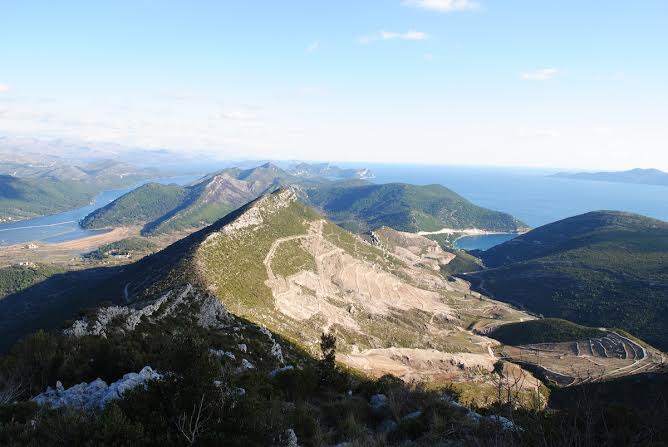
We’re especially proud that we managed to transform the image of a non-sexy professional such as a traditional butcher into something considered cool and artisanal. Čučković brothers’ rise to fame started from our web site.
We’ve also been one of the first ones to recognize the craft beer revolution that started not sooner than maybe a year ago.
5. What would you encourage a first time visitor to Croatia to try for an authentic Croatian gourmet experience?
Without any doubt, lamb or octopus under peka (made from iron, Dalmatian) or čripnja (made from clay, Istrian) baking bells covered with hot ashes, slowly grilled to juicy perfection with potatoes and some seasonal vegetables.
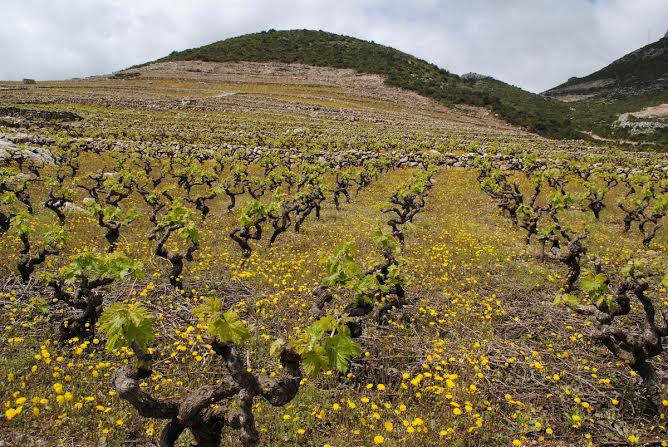
6. The Croatian wine story is attracting increasing international attention. Are you happy with the way wine tourism is developing in Croatia, and how would you like to see it improved?
Well, as many good things that happen(ed) in Croatia, wine tourism is developing like a wild plant, by itself. That way it will take longer, through mistakes and dead ends. There’s hardly any planning on the regional or governmental level. If any strategies exist, they are still words written on paper. Local authorities feel they’ve made great success if they put winery signs on roads. That’s how farsighted they are. And the winemakers themselves don’t seem to be able to organize, get together and do something for their own good. I guess that means they’re having it all good, without any need to sell and earn more. Still we know a couple of winemakers that are making a blast right at their doorstep, doing top-notch wine tourism. And no, we won’t tell you who they are! 😀
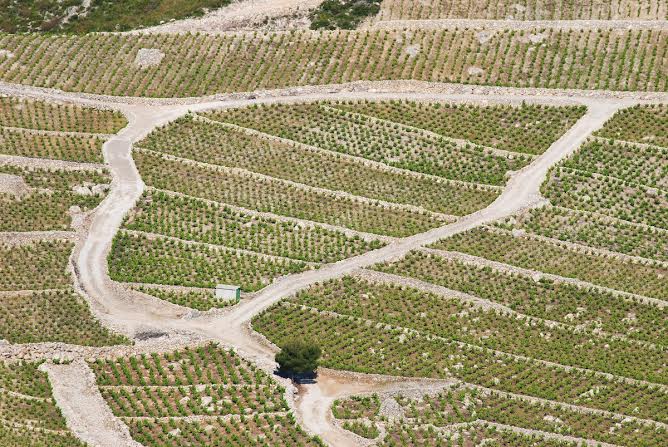
7. Take us to 1) a Croatian wine region off the beaten path, and 2) a foodie destination few will have heard of.
For such a small country, Croatia boasts tremendous diversity in terms of wine regions, varieties and styles. Dalmatia, Istria and parts of Slavonia are the most famous regions every wine geek has probably heard about. But there are many hidden gems, and the brightest of them is Plešivica, a tiny region southwest from Zagreb, the capital. For such a microregion, it’s full of groundbreaking achievements and pioneering spirit. Its wines are regularly on the lists of best wines of Croatia. Plešivica is full of small family-owned wineries, with long wine-growing tradition, although commercial succes didn’t come until 1990s. Thanks to its sunny gentle slopes and continental climate, it’s perfect for growing varieties like Sauvignon blanc, Riesling, Graševina, Chardonnay, Gewurztraminer, Pinot noir. Unlike other regions, it doesn’t have its own trademark native grape, but excells in growing well-known international varieties.
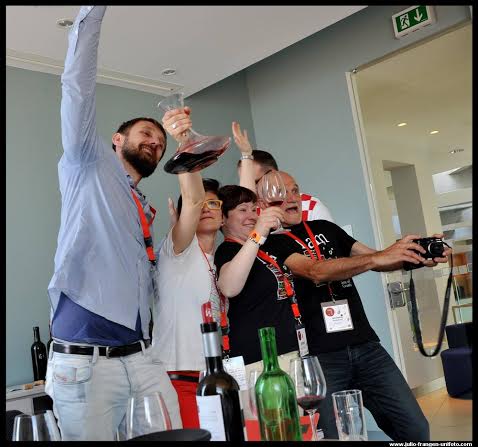
In the last 10-15 years big names like Tomac, Šember and Korak paved the way, others are slowly starting to keep pace, and there’s also a shift of generations taking place, for the better. Plešivica is the pioneer inproducing sparkling wines using the traditional method, home of the best bubbles in Croatia. The same goes for Pinot noir. To make things more interesting, in Plešivica you can also find excellent orange wines, some of them made in clay amphorae. Tomac family first started putting wine in amphorae, and now there are two more producers experimenting with that unusual style. At the moment, it’s still the only place in the world where you can find a traditional sparkling wine made in amphora. On top of that, the hills of Plešivica are unspoiled in their beauty and tranquility.
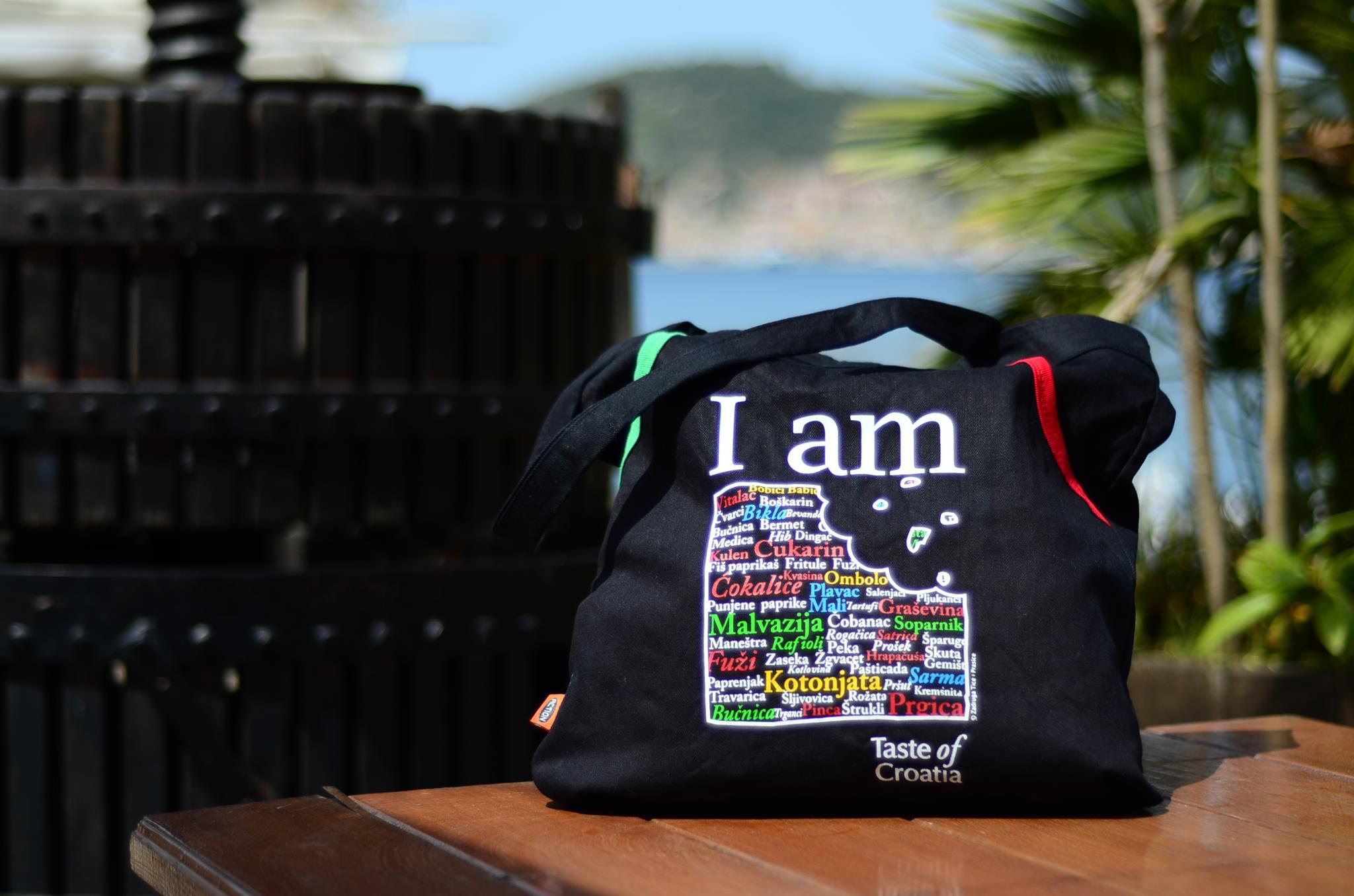
It’s hard to pick a foodie destination when there’s so much diversity in that area, too. Apart from the well-known Dalmatia and Istria, regions like Dalmatinska zagora (Dalmatian hinterland), Lika and Međimurje offer interesting and authentic cuisine. But let’s pick Baranja, the secluded, rural area of plains on the east of Slavonia, close to Hungary, bordered bythe rivers Danube and Drava. It has always been a multicultural community, which is reflected in its cuisine. Hungarian, German, Ottoman, Slavic influence intertwines in Baranja. It’s a very fertile land so there’s plenty of local, healthy produce. Not much industry and no big cities also make it a great rural tourism destination and gateway to nature. Things to try include spicy dry-cured meat like kulen, ajvar relish, čobanac meat stew made in an iron kettle over open fire, freshwater specialities like fish paprikash served with homemade noodles or šaran na rašljama, carp slowly smoked and grilled stretched between forked branches.
8. Tell us a little about the restaurant scenes in Split and Zagreb. Both seem to have got a lot more exciting in recent years.
Exactly! It is probably due to an economic shift in our society. Restaurants were perceived as places were you had either a) businessmen (who paid with their company cards), b) family celebrations (birthdays, baptism parties, New Years and similar). But, as we’ve collectively got poorer simultaneously having less and less time for cooking (because we work too much!), we’ve come to appreciate places that offer good value-for-money food. Not for showing off, not for “once in a year” special occasions. We’ve come to like places that offer “small food”of good quality; inventive dishes made with fresh ingredients and for a reasonable price. Of course, you cannot not mention the increasing number of tourists that are visiting Croatia throughout the year. That probably made the biggest impact on the restaurant scene of Zagreb and Split.
https://www.youtube.com/watch?v=W2lEw60UUig


